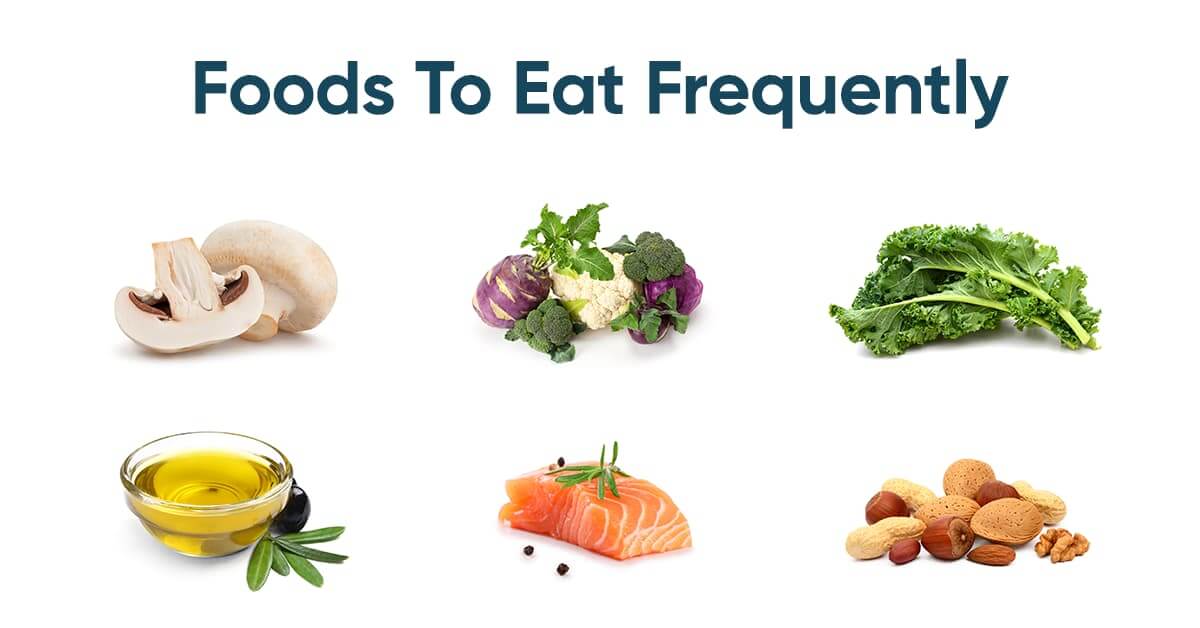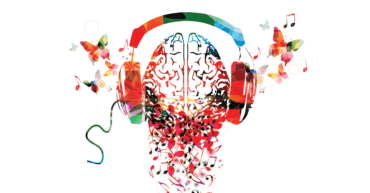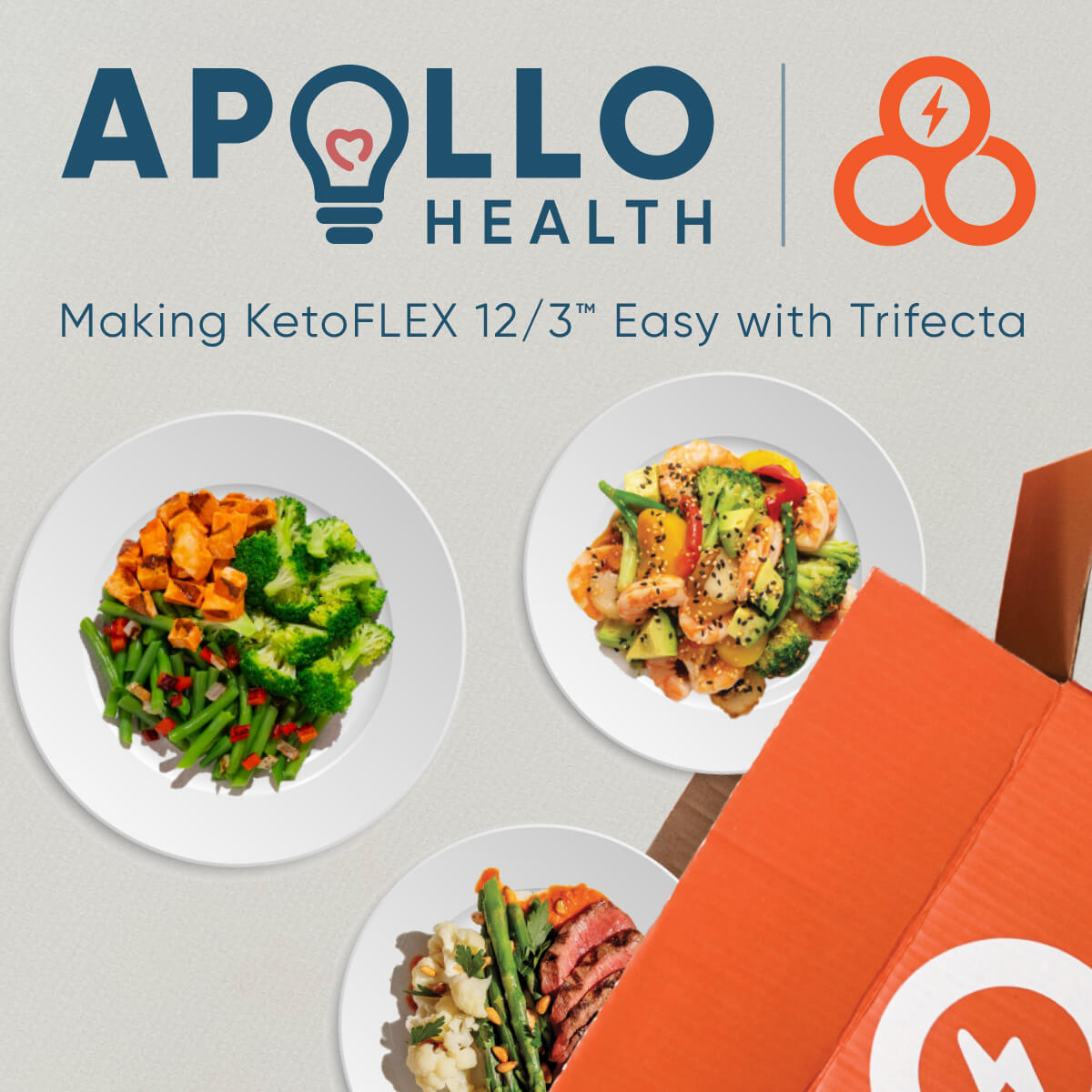February 27, 2020
A Brain-Healthy Diet To Beat Alzheimer’s and Cognitive Decline

Any brain-healthy diet that could prevent Alzheimer’s disease and cognitive decline would need to influence a complex array of biological functions. To name just a few of the factors necessary to fight cognitive decline, your diet must:
- Create insulin sensitivity.
- Reduce inflammation.
- Address neuronal fuel reduction and mitochondrial deficiency.
- Increase circulation and blood oxygenation, and optimize blood pressure.
- Promote cellular autophagy and beta-amyloid clearance.
- Provide raw materials for synaptic support.
- Protect against nutrient deficiencies associated with cognitive decline.
- Promote detoxification and a healthy gut microbiome.
- And Protect against muscle and bone loss associated with cognitive decline.
As you might expect, accomplishing all of the factors calls for a very precise program. To prevent and remediate cognitive decline we recommend the KetoFLEX 12/3 diet, which is covered in depth by Dr. Dale Bredesen in The End of Alzheimer’s Program.
KetoFLEX 12/3 Is Brain-Healthy
What exactly is KetoFLEX 12/3? Let’s break it down. Keto refers to ketosis, the process by which your liver breaks down fat as an energy source and produces a compound called ketone bodies to fuel your brain. The Flex portion refers to two concepts. First, the diet promotes “metabolic flexibility,” the ability to burn glucose or fat as fuel to maximize fuel supply to your brain. Second, the diet may be “flexitarian” or meat optional. 12/3 refers to the recommended daily fasting time, a minimum of 12 hours total, with at least three before bed. A long daily fast promotes autophagy or cellular housekeeping— a process by which your body recycles worn-out cellular debris to make new cellular parts.
KetoFLEX 12/3 is a heavily plant-based, nutrient-dense, whole foods diet that emphasizes local, organic, and seasonal non-starchy vegetables from every color of the rainbow, combined with an adequate amount of protein, and generous amounts of healthy fat. It is an essential component of the Bredesen protocol, which is designed to beat cognitive decline and Alzheimer’s disease.
KetoFLEX 12/3 Tips
Here are ten helpful dietary rules that will help you maximize neuroprotection:
- Eliminate sugar, simple carbs (processed food), grains, and dairy, which are inflammatory.
- Vegetables with a glycemic index lower than 35 should comprise the bulk of your diet.
- Include a combination of deeply pigmented leafy greens and cruciferous vegetables.
- Don’t forget herbs, spices, and teas, which are often packed with even more antioxidants than vegetables.
- Include healthy fats such as those from avocados, nuts, seeds, and extra virgin olive oil.
- Avoid the “Berfooda Triangle,” a dangerous triad of foods that includes simple carbohydrates, saturated fats, and a lack of fiber. Think cheeseburgers, fries, and a soft drink. The lack of fiber leads to higher carbohydrate absorption, which triggers inflammation and raises insulin levels.
- Don’t forget gut health! Include prebiotic fiber, resistant starch, and probiotic foods.
- If you choose to include animal protein, prioritize low mercury wild-caught seafood and pastured eggs for brain-healthy DHA and choline.
- Animal protein should be a condiment or side dish. One gram of protein per kilogram of lean body mass per day is adequate for healthy people. Those over age 65 and those who are underweight, working to optimize GI health or healing from an underlying infection or surgery may have higher requirements until they can heal.
- Eat heirloom fruit seasonally, such as wild crabapples in the fall. Berries, cherries, grapefruit, lemons, and limes can be enjoyed year-round. Always balance nutritive value against glycemic concerns.
What to Eat to Beat Cognitive Decline
- Cruciferous vegetables, such as broccoli, cauliflower, cabbage, Brussels sprouts, and alliums such as garlic and onions.
- Leafy green vegetables, such as kale, spinach, arugula, collard greens, and lettuces.
- Herbs, spices, and teas, especially green and matcha.
- Avocados, olive oil, nuts, and seeds.
- Wild-caught fish, especially SMASH fish (salmon, mackerel [not king or Spanish], anchovies, sardines, and herring), which are naturally low in mercury.
- Pastured eggs
- Prebiotic foods such as mushrooms, jicama, and leeks
- Resistant starches such as legumes, rutabagas, parsnips, and green bananas
- Probiotic foods with live active cultures such as sauerkraut, kimchi, sour pickles, miso soup, and kombucha low in sugar
- Wild berries, tart cherries, grapefruit, lemons, and limes
Avoid the Following Foods to Protect Your Brain
- Sugar and other simple carbohydrates, including bread, crackers, pasta, rice, cookies, cakes, candy, and sodas (diet and regular)
- Processed or refined foods
- Grains
- Dairy (Occasional A2 dairy may be considered)
- High-mercury fish such as tuna, shark, and swordfish
- CAFO meat and poultry (Grass-fed meat and pastured poultry may be considered)
- Deer, elk, and moose due to chronic wasting disease
- Fruits with high glycemic indices, such as pineapple
- Fruit juice





